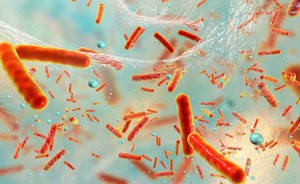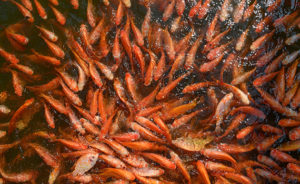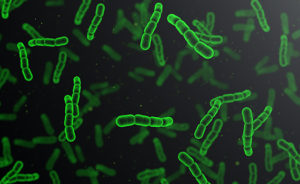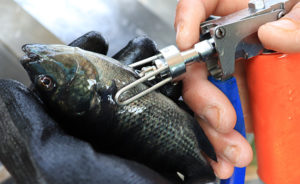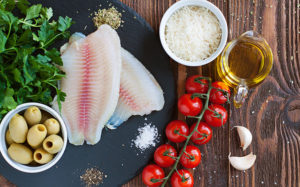The value of veterinarians in ensuring sustainability for Africa’s fast-growing aquaculture industry
Sub-Saharan Africa is enjoying an aquaculture boom — with fish health and welfare services moving in turn to meet the sector’s needs and ensure sustainable growth. In an interview, veterinarian Brandon Spolander, BVSc, MRCVS, SAVC, MSc, owner of Aquavet Africa, talks about engaging with the growing industry and addressing important gaps.
Health & Welfare
Biosecurity’s crucial role in ensuring sustainable future for global aquaculture
An interview with Vera Agostini, deputy director, Fisheries and Aquaculture Division, the Food and Agriculture Organization (FAO) of the United Nations.
Levels of antimicrobial resistance in Asian aquaculture ‘concerning,’ say scientists
Twenty years’ worth of data “raise urgent concerns” about antimicrobial resistance in Asian aquaculture, say the authors of a new review.
Prioritizing biosecurity can help tame tilapia lake virus
Tilapia lake virus (TiLV) is an emerging threat to tilapia aquaculture, with mortalities in some cases up to 90%. But with a focus on biosecurity, the impact can be considerably lessened.
Why common bacterium from freshwater fish poses a health threat — and what can be done
Some subtypes of the bacterium Streptococcus agalacitiae, which is commonly found in fish and humans but can turn virulent, are proving a bigger threat to health than others.
Just add stones? Simple alterations to aquaculture environment can aid disease fight
Simple environmental enrichments in aquaculture can reduce the impact of pathogens on salmonids, a new study from Finland found.
Vaccines provide Brazil’s fish farmers with a platform for sustainable growth
An interview with Danielle Zanerato Damasceno, Technical and Commercial Manager, PHARMAQ Brazil
Fish health-focused trainings bring growth to Colombian tilapia sector
An innovative project focused on delivering aquaculture skills trainings in Colombia is helping to boost productivity, sustainability and job growth in the country’s burgeoning tilapia sector.
Scottish Sea Farms: How to reach zero antibiotics in commercial salmon farming
Aquaculture has generally seen more success in antibiotic reduction than other livestock sectors. Scottish Sea Farms have gone further, reaching zero antibiotics in 2020. How did they manage it?



